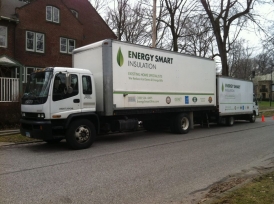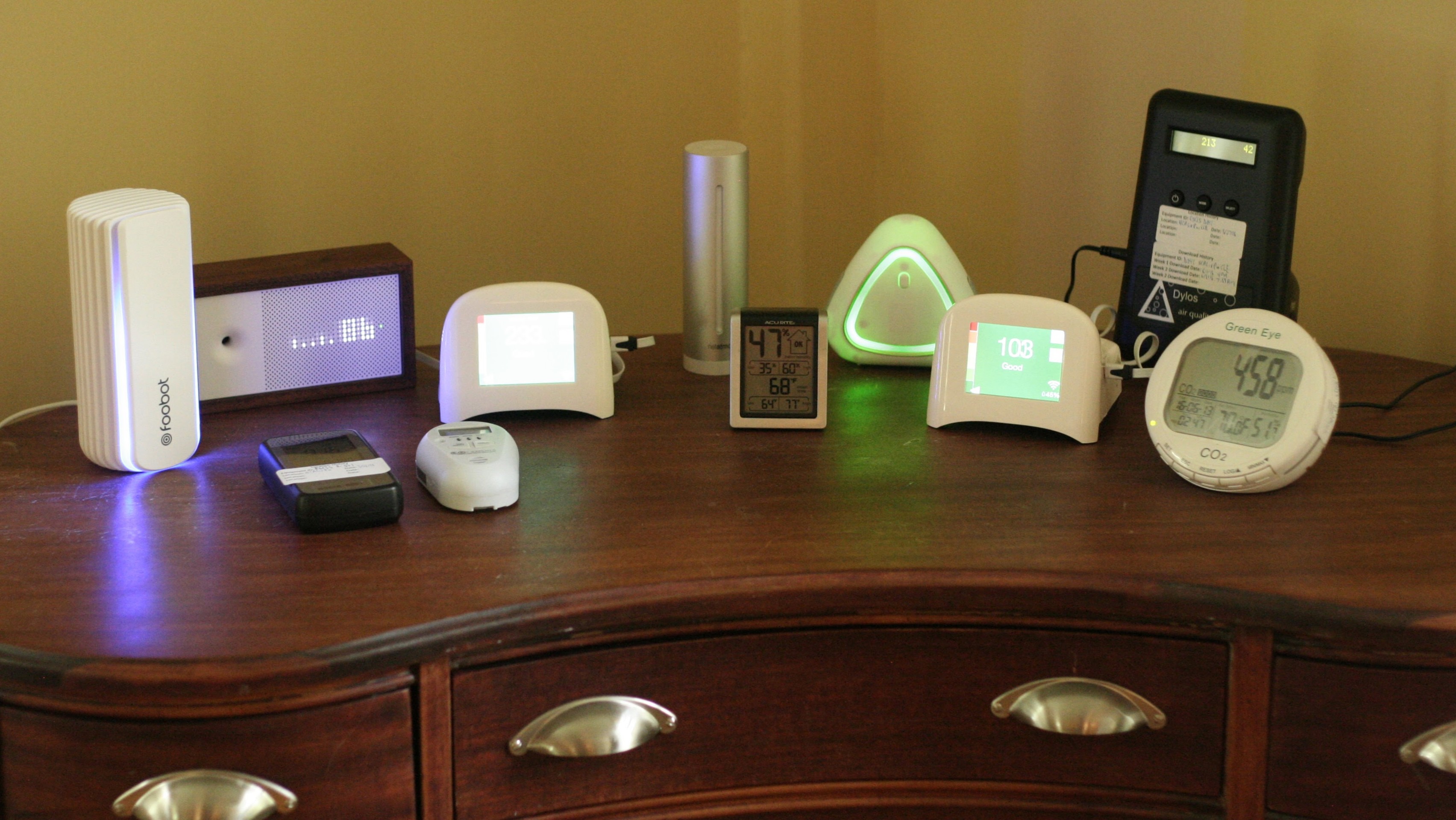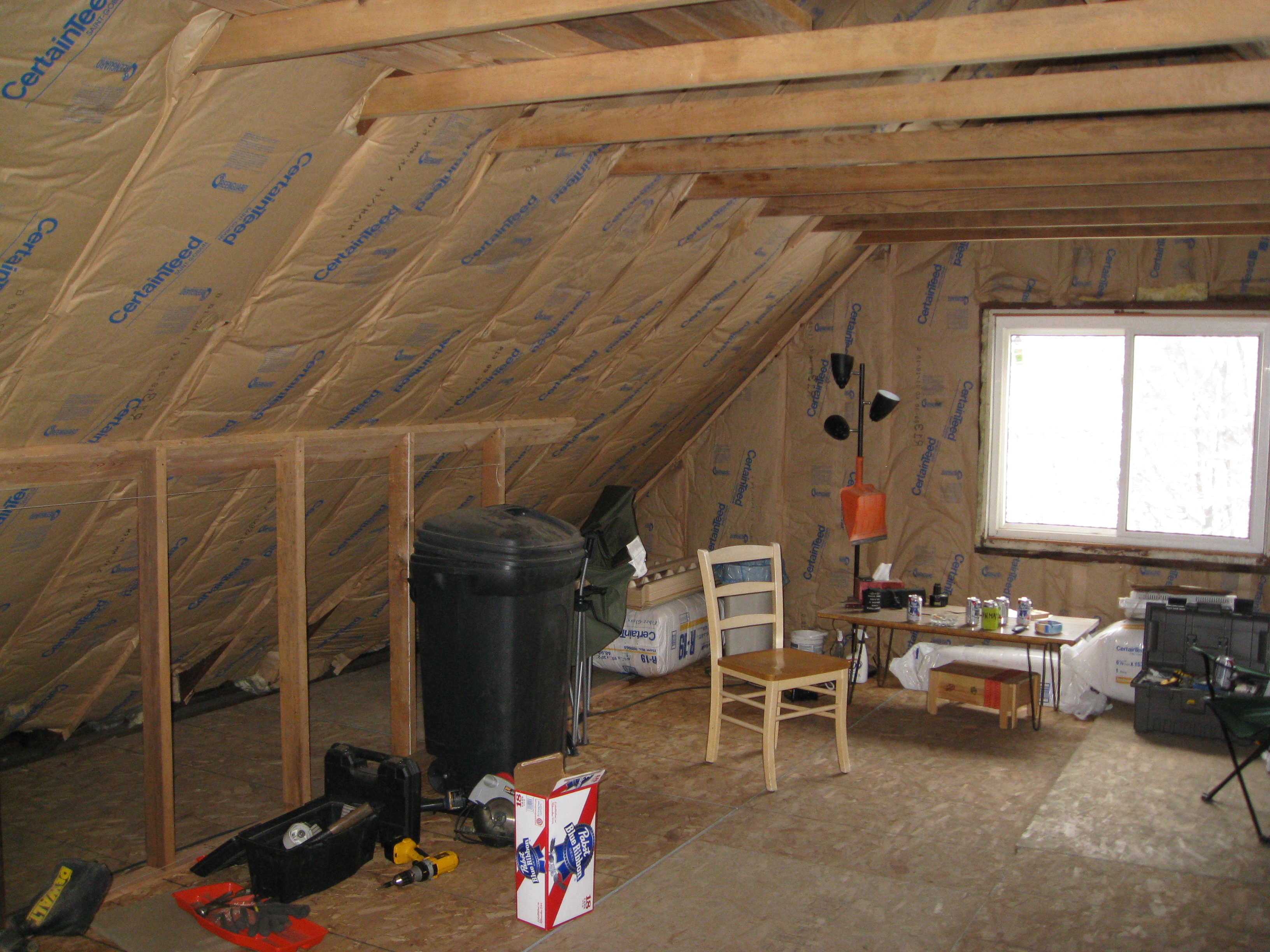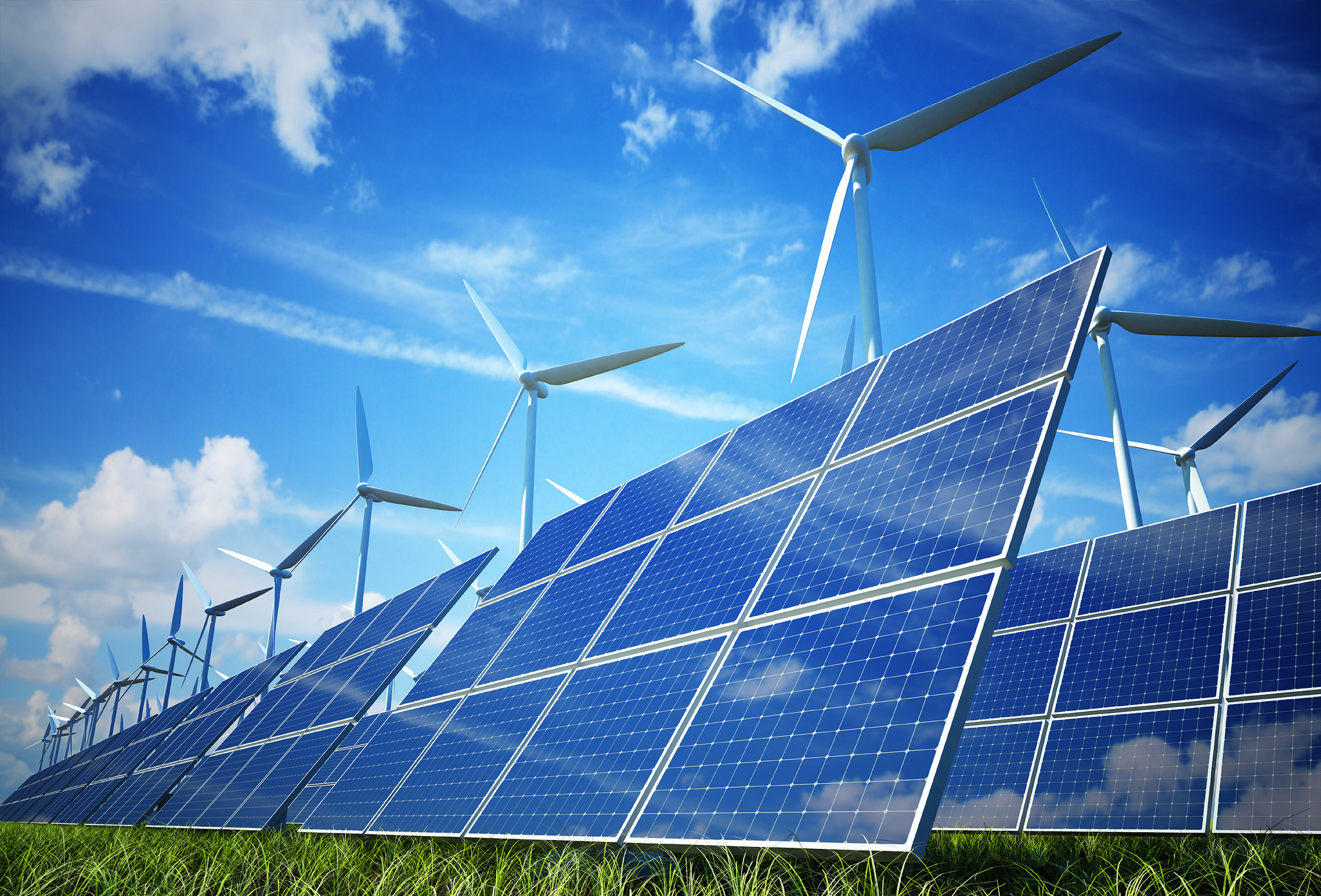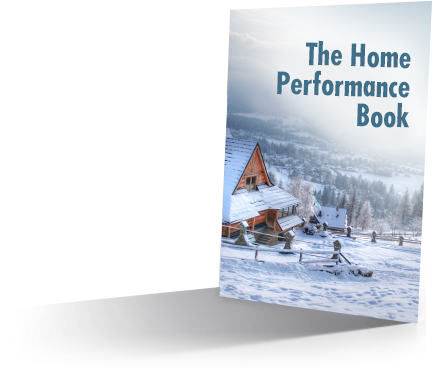EcoVent: Treating Symptoms Instead of the Disease
We here at Energy Smart are weirdos. We don’t like quick fixes that don’t actually fix things. We don’t sell snake oil. We don’t sell diet pills or the equivalent. We believe in the 2 secrets to losing weight: diet and exercise. The same thing goes for homes. It frustrates us when we see quick fixes.
Disliking quick fixes shouldn’t make us weirdos, but it does because good ain’t fast and fast ain’t good. Fast is easy and that’s what the market wants. We’ve noticed a whole rash of ‘control’ products that tap this market recently, but are unlikely to work, may cause unexpected problems, and are likely to make you, the consumer, think that we’re all charlatans. We’re not.
We just read about a new product that aims to solve a problem that many homes have: rooms that are too hot or cold. It’s called EcoVent and aims to control the vents in your rooms one by one. A temperature sensor and a special vent(s) are installed in each room you want to control. You can then change the desired temperature set point room by room on your phone.
This sounds great at first glance, and they have a really cool video about it. The problem is, it’s missing a lot of Building Science and systems thinking, so it could cause unexpected problems down the road. Here are a few that come to mind, with explanations below:
1. Possibly taking years of life out of your existing furnace and air conditioner.
2. Possibly increasing energy costs.
3. Possibly causing moisture problems in rooms that are closed off from heating and cooling.
Before continuing, please understand we don’t generally single out products or aim to go negative. We do however try to protect our clients from decisions that inadvertently cost them. For some homes, EcoVent could be a good option. It’s kind of like a cheap zoning system. For most homes, though, it’s a dicey proposition. We recommend addressing the root causes – air leakage, lack of insulation, and poorly specified/installed furnaces and air conditioners.
Early Furnace and Air Conditioner Failure – Static Pressure Problems
The ductwork in your home is like a balloon. Picture blowing up a balloon and holding the end shut with your fingers. The pressure inside the balloon is called static pressure. The same pressure is supposed to build up inside your duct work system in your home, then it is released as it heads down ducts to rooms in the house. There always needs to be some pressure, but too much pressure is a bad thing.
If there is too much static pressure, it will push back hard on the fan in the furnace, making it work harder, using more energy, and driving it to an early demise. The lowest static pressure that works is .08 (inches of water column is the unit, but you don’t care about that). The highest design for most equipment is .5. Most systems run above that, which hurts the equipment. Some systems run as high as 1.0. Higher pressures lead to early demise. A friend of ours has a wildly oversized 5 year old furnace that he has changed the fan on twice at nearly $1000 a shot.
Close vents in a house and you increase static pressure. Increase static pressure too much and your blower may lose years off its life, which should be 15-20 years. If you have replaced the fan in your furnace or air conditioner, request a static pressure test at your next tuneup. If they can’t do it, find another contractor. Be careful doing anything that can increase static pressure, since it is almost always too high already.
Early Furnace Failure – Overheating
Furnaces are typically oversized, often by large margins. Few average houses, say 2000 square feet or so, have a heat load more than 80,000 BTUs/hour, but we see plenty of furnaces in the 100K and 120K range, often twice as large as they need to be. (Those same houses, if fixed often have heat loads under 40,000 BTUs/hour, the smallest furnace size you can buy.)
When your furnace kicks on, it needs to cycle long enough to take all that heat out of it before it shuts down. It needs to run longer cycles to do this, otherwise too much heat and moisture from combustion gets left inside it. Too short of a cycle and condensation forms inside the heat exchanger (it’s like a radiator) and the furnace rusts out prematurely. With furnaces typically substantially oversized, making any changes to the system that effectively oversize it more (like closing off vents) are not likely to help.
By closing off vents in some rooms, the furnace can’t deliver all the heat that it needs to in order to run well, and it is likely to short cycle. This reduces its efficiency and shortens its life. Both can cost you money. Don’t just close vents, at least leave them a little open. Your furnace and air conditioner will thank you.
Increased Energy Costs – Heat In All the Wrong Places
When you close off some vents, like what the EcoVent does, it makes the furnace work harder, which uses more energy. It also means that the increased pressure has to go somewhere, likely leaking out the leaky seams of ductwork into places that don’t really need the heat, like inside walls and the basement. Worse, if any supply ducts are in the outside walls of your home, you could be literally heating the outdoors when hot supply air (in winter) is pushed outside through leaks because of increased static pressure.
The furnace will also have to run longer to heat those cold rooms, using more energy. The furnace will likely be unhappy during that runtime, too, because it is fighting too much static pressure. Yes, you may be more comfortable, but you may see it in your energy bills and furnace repair bills.
Causing Moisture Problems by Closing Off Rooms
This doesn’t just apply to the EcoVent. Closing off rooms is a lousy idea in general. Try tracking how much energy is saved. Short of shutting off a whole floor, you’re unlikely to see it. Leave that tactic to the folks in Downton Abbey, they will see the difference. What it does often cause, though, is moisture problems like mildew and mold.
We actually saw this in our contracting days in a low income home. The gas had been shut off to the home, so they were heating with electric heaters which they got at a substantially reduced cost. One bedroom got shut off entirely. When we went to insulate the walls, my crew found lots of green stuff growing inside of it. A mold crew had to come and take care of the problem before we could finish the job.
Why did this happen? It’s simple – cold air holds less moisture. That room got into the 50s, inside the wall got even colder. The dewpoint of the air, the point at which it has 100% relative humidity (see our humidity page for more info), was above the temperature of the outside of that uninsulated wall. Mold needs moisture, a food source, and the right temperature to grow. There were 5 people in that small home living, showering, and cooking. Way too much moisture for that cold room to handle. So they got mold.
The lesson is, be very careful closing off unused rooms, especially if there are a lot of people living there, the home is fairly air tight, or it’s small. This house had all three. At a minimum buy a relative humidity monitor and keep an eye on it (if it gets over 35% in winter, there could be a problem in a home that isn’t built for it), although you still won’t know what’s going on inside the wall.
By the Way, It’s Kind of Expensive
We built a fairly typical system with 7 rooms, 12 vents and one master thermostat. It came out to $2100 before the early adopter discount, $1365 with the discount. That may be enough money to buy a higher grade furnace/air conditioner, do some air sealing, or some other item that has a better chance of fixing the root problem(s). Better yet, use it to get a good diagnosis so you aren’t prescribing without diagnosis.
It’s really tempting to use a band aid to solve a problem. We’d be remiss if we didn’t point out a few holes, though. Again, we apologize for singling out one product, it just bugged us.
What to Do Instead?
We sound like broken records here, you’ll read the same thing over and over on the site. There are 3 things that need to happen to make a home comfortable, and they also make it healthier, longer lasting, and far more efficient. They are:
-
Air seal – reduce air leakage in the home. Without this, the other 2 don’t work. Air leakage is the single most important thing to address in a home. It is typically the biggest driver of comfort problems and energy use, and is often the biggest driver of moisture problems, too. Controlling air leakage gives us control over heat, air, and moisture flows into and out of the house.
-
Insulate – add more as needed. Helps control heat flow.
-
Right size the furnace and air conditioner – these allow us to manipulate heat, temperature and humidity.
These 3 things give us control over heat flows, moisture flows, and air flows. Control those, and making rooms comfortable is a breeze (pun intended).
When rooms are too hot or cold, it means that heat or cool is leaking out too quickly and/or the flows to that room are inadequate. Fix those heat leaks and provide more consistent airflows (with smaller equipment that runs more, strangely enough), and comfort problems largely go the way of the Dodo bird.
Check out this client home, which saw a 46% drop in air leakage and had the attic, a few walls, and the crawlspace insulated. It already had a right sized furnace, which is unusual. The client reports the house is far more comfortable, even though they’ve bumped the themostat setpoint from 68 to 71-72 degrees. Oh, and their energy use has dropped over 45%. In the following graph, look at the legend. The house is consistently over 70 degrees, and the furnace runs a lot, which are the red bars at the bottom.
Oh, and here are their energy bills, note a change from last year? It’s too early for firm conclusions, but weather adjusted energy savings from November were 47%, 44% in December. This is how you REALLY solve comfort problems.
Their second floor used to be an oven or a freezer, no more. Last winter when the power was out for 6 hours, the temperature inside dropped 20 degrees (yikes!), houses shouldn’t lose much more than a degree an hour. In 30 degree weather, the house dropped 13 degrees over 18 hours with the furnace off. Instead of catching up over 48 hours like last year, it did it in under 6. The root causes to the problems were solved.
I’d say that’s it, but accomplishing those 3 things – air sealing, insulation, and right sized furnaces/AC – are a lot of work. Kind of like diet and exercise. Feeling healthy comes with a lot more benefits than a lower reading on the scale. The same is true with Home Performance. Likewise, both are worth the effort. Be very careful of relying on quick fixes like EcoVent.
Not Time for the Pitch
It’d be unethical to be hard on a product and then pitch our own. If you are trying to fix a temperature imbalance problem in your home (which is typically a sign of other problems, too), it’s far better to get a diagnosis first. Please don’t just go and spend money, then hope it works.
Prescription Without Diagnosis Is Malpractice
How to get a diagnosis? That can be done with an energy audit. Not a crappy, slam-bam thank-you-ma’am kind of audit that hopes to sell you something quick and easy, but one that really seeks to understand the problems you are trying to solve, looks for causes, and designs solutions that address those problems without creating new problems. Yes, we do that.
The key is whole-home thinking. Anything else is malpractice. Our homes are a complicated system of systems, not unlike our bodies. Doctors have to consider side effects of things they prescribe. So do Building Scientists.
How to find a Building Scientist? Look up BPI certified folks near you, that is one of the best proxies of Building Science knowledge. Many let their certifications expire (we did), but we have the training, so you may also try looking up energy auditors and ask them about certifications.
Want to learn more?
This site has a wealth of (we think) easy to read information to help you really begin to understand what it takes to solve the problem(s) you want to solve. Here are a few places to start:
The Science Behind What We Do – Home Performance is rooted in science. Everything is interconnected, and we try hard to keep those connections in mind. Here’s the basics.
Problems We Can Help With – Want to know if we can help? Here’s a starter list of problems a Home Performance practitioner can solve.
Humidity: Another Make or Break for Your Home – A top 10 list of how high and low humidity screws things up in your home. Mold and flu and eczema, oh my!
Indoor Air Quality – The air inside your house is likely 2-5 times dirtier than outside. Here’s the rundown on what IAQ is.
Indoor Environmental Quality (IEQ) – True comfort is more than just thermal comfort. Find out more about what is involved here.
Other Good Websites to Look Through
(Check the dates, if they’re more than a few years old, the thinking may have changed, Building Science is rapidly evolving.)
Building Science Corporation – Joe Lsitburek, the founder, is the preeminent mind on Building Science, he basically coined the term. He is easy to read and admits when he’s wrong, two very good characteristics. Remember, check the dates.
Green Building Advisor – A site where many of the best minds come together with their articles. Be sure to read the comments, sometimes they are more illuminating than the articles themselves. (Energy Smart has a number of articles there.)
Energy Vanguard – Allison Bailes writes this excellent blog (he and Joe Lstiburek also write for Green Building Advisor). He is also very easy to read and has a good grasp on the science, it helps that he was a science teacher and professor and has 4 doctorates. He’s also a friend.
Get the HVAC Guide

It's free! Make buying a new furnace, air conditioner, or heat pump less stressful.


